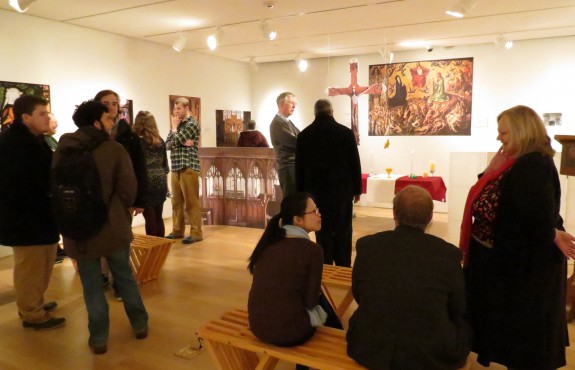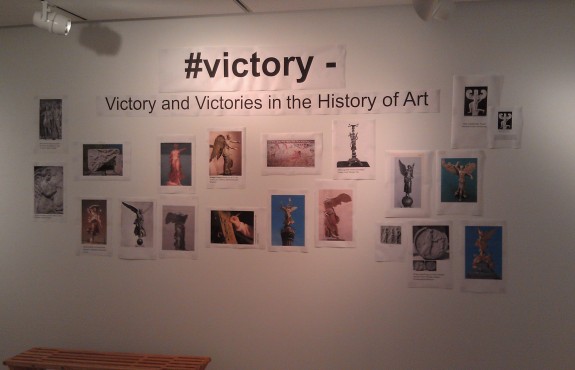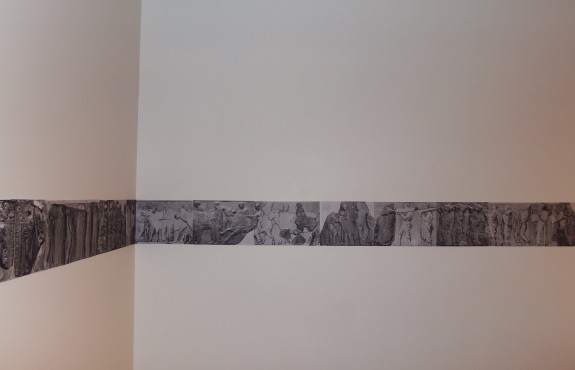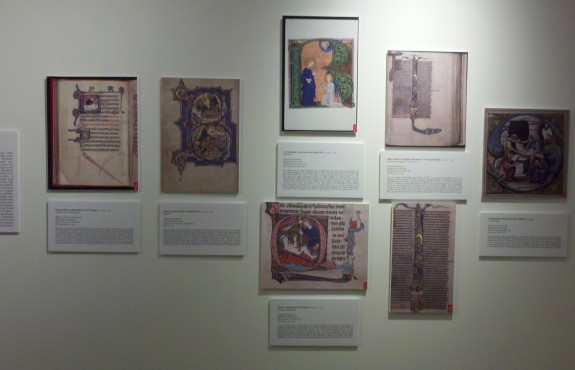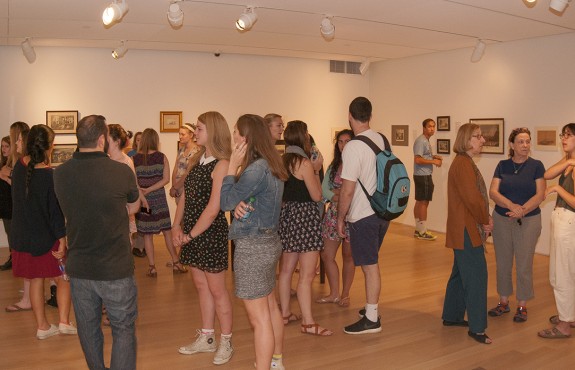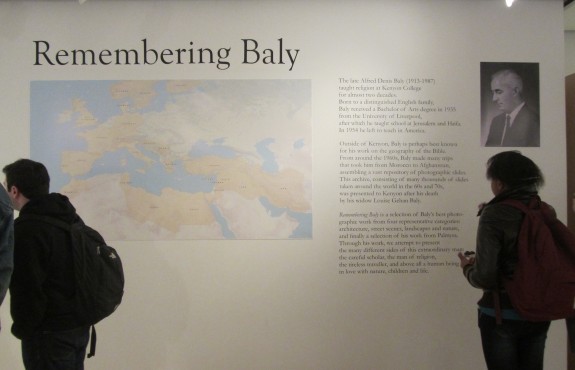Meier/Draudt Visual Learning Lab (GG103)
The Meier/Draudt Visual Learning Lab is designed to promote complementary pedagogies for courses focusing on the historical and cultural aspects of the visual arts.
One of the Graham Gund Gallery academic classrooms, which opened in the fall of 2011, it is a lab space intended for students of art history (and other departmental courses with related projects) to engage in active, hands-on learning. This classroom hosts a broad spectrum of experiential and high-impact learning for art history (and related) classes in a supervised forum. Curating the material world implies the regular study of objects through selection, categorization, historical context, and other concepts central to the discipline of art history. Using this lab setting as a complement to the traditional classroom, students learn to bring specialized knowledge to bear on art through the multi-disciplinary studies engaged in by art historians. Please submit requests for room use to Andrea Lechleitner (lechleitnera@kenyon.edu) by April 15th for the following academic year. During the semester that ARHS 371 Museum Studies is offered, access to the classroom will be limited. Guidelines for use below.
Current exhibitions in the Meier/Draudt learning lab are listed below. Information and images from previous exhibitions can be found in the exhibit archive.
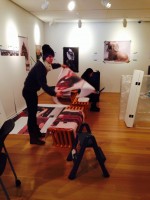
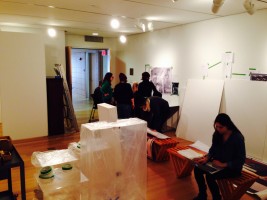
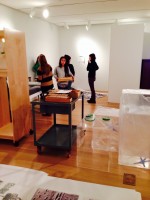
Practical Guidelines for the GG 103 (Meier/Draudt Learning Lab)
The Meier/Draudt Learning Lab was designed as a visual learning lab. Use of this active-learning space highlights the creativity of historical inquiry, which can take many forms. Its flexibility allows use for individual class sessions and for longer-term exhibitions created by specific classes. It is not scheduled like a lecture or seminar classroom. Priority goes to uses that involve students working in collaboration with and under the guidance of faculty members. Class projects may involve a public exhibition, but an end product is not essential to its use. Since this is "lab" space, student involvement under the guidance of a faculty member is essential.
Purpose and priority use
- Projects related to visually-oriented coursework with disciplines focusing on the visual arts taking priority, and secondarily courses that focus on other forms of visual materials. As a classroom its purpose is to enhance the learning experience of students.
- To allow students in the context of specific classes to engage in an alternate style of learning, guided by the instructor of the class with clear pedagogical needs for the classroom. It is not intended for extracurricular use by students.
Guidelines for use
- GG 103 is generally available 9 a.m. - 4 p.m. (set up can be arranged for other times by a faculty member). Scheduling is variable and dependent upon available space. Art History curricular needs take precedence over all other inquiries. Inquire via email to Andrea Lechleitner (lechleitnera@kenyon.edu).
- Classroom may be used concurrently by more than one class.
- Space can be used for single-class exhibits of approximately one week (with additional set up and take down time). Exceptions are made on a case-to-case basis, particularly when the space is shared by other classes and ability to partition space effectively. Contingent on coordinating with other prearranged class use by Art History.
- Classroom cannot be used in a way that would cause damage to the space. Any class using the space must clean up after each use (putting furnishings back etc.) and note anything in need of repair.
- The proximity of the curatorial classroom to offices and other classrooms requires that no loud noises should be present (or used consistently) during the academic day (8:10am-4pm and 7-10pm).
Supervision of space
- Course activities in the Learning Lab should be supervised by a faculty member, though it is assumed that the intellectual content will be generated by students with the guidance of the instructor.
- The class using the curatorial classroom must remove any objects from the space in a timely and thorough way. Any cleanup or damage will be billed to the department responsible for the course (from the Maintenance department).
Revised 9/24/19
Posted to the art history website 1/28/15
